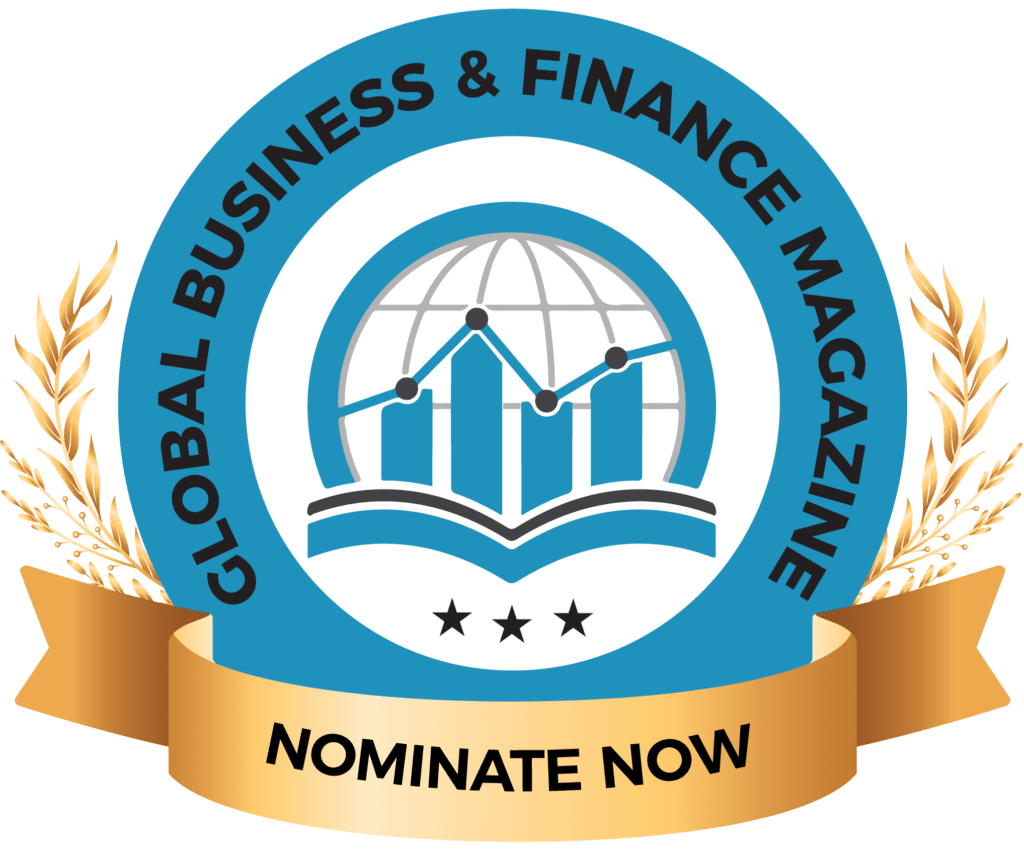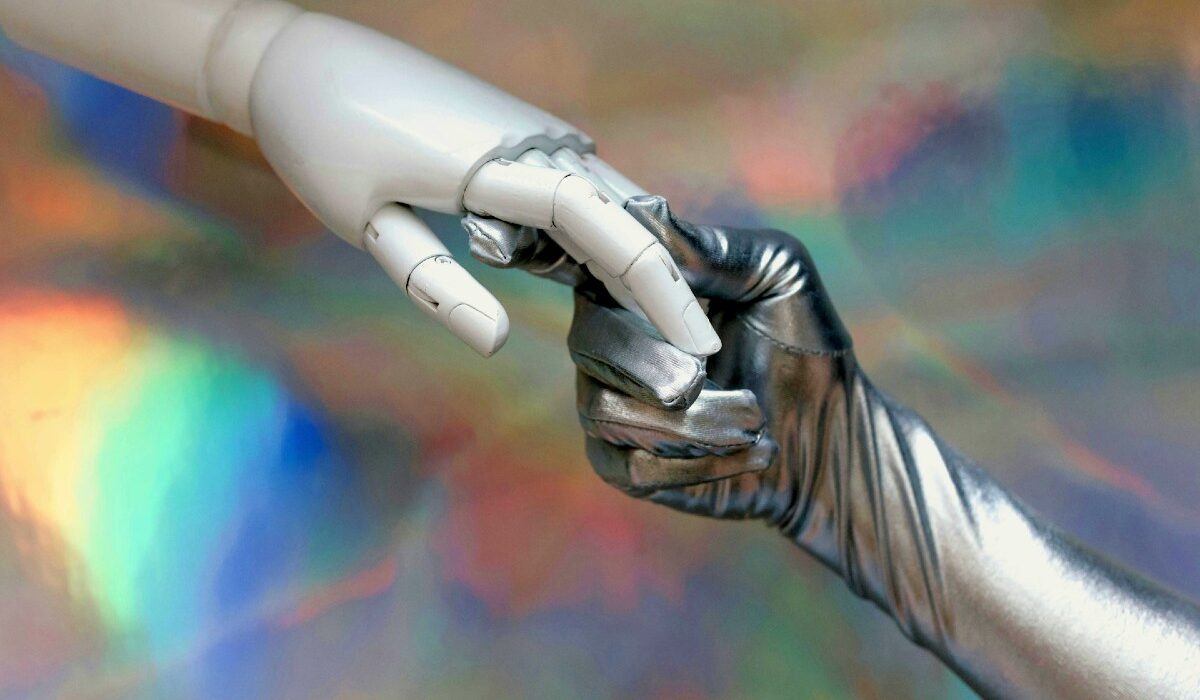Artificial intelligence is reshaping knowledge generation, but human intelligence remains essential for ethical oversight, innovation, and problem-solving. Integrating AI into industries, shifting away from Industrial Era work models, and accelerating learning will be key to harnessing its full potential for sustainable development.
Human cognitive abilities have grown over time, influenced by environmental and cultural factors. Despite a slight decrease in brain size over the past 3,000 years, the Flynn effect shows that people are becoming smarter across generations.
Innovations in sharing and storing information—from writing to the rise of the Internet—are accelerating collective cognitive development because of the rapid dissemination of knowledge.
In the age of artificial intelligence, human intelligence is likely to grow even faster. People will be able to access vast amounts of information across a wide range of topics more quickly than before. AI can also deliver personalized educational experiences to suit the learning style of students, making the learning process more engaging.
People are far from being mere passive recipients of AI’s impacts: they are actually the ones who are actively spurring its development, and this in turn is further advancing human intelligence. Leveraging both human and artificial intelligence will be critical to developing innovative solutions to address climate change and other complex global challenges.
People, from casual users to experts, need to have functional knowledge of AI to fully benefit from it, and AI’s usefulness depends on trust. This is where the Artificial Intelligence Quotient (AIQ), the level of readiness in humans to successfully adopt AI, comes in.
Just as travelers trust a plane or a car because they understand how they work, AI should also be made more understandable to increase the likelihood of its use and adoption. Patients will not be interested in undergoing a medical procedure performed by AI-powered robots if they are not confident that the benefits of technology-assisted surgery far outweigh the risks.
Similarly, businesses will not blindly trust AI systems to engage in trade on their behalf without first understanding how these systems evaluate business risks.
Building Artificial Intelligence Quotient requires educating oneself on AI advancements, capabilities, and limitations. Hands-on experience in using AI-powered tools will help individuals and institutions trust AI and make them more comfortable in using it.
Trust in AI, in turn, will encourage the development of more AI tools for societal benefit, including healthcare, education, and climate adaptation.
Technological know-how is crucial, but emotional intelligence is equally important.
Emotions drive creativity and problem-solving. With a few prompts, some AI tools can generate photos, videos, and stories. These outputs, however, are not truly original content. They are instead derived from training data.
Context and purpose matter as there is no one-size-fits-all solution when it comes to AI.
Humans, on the other hand, can generate original content, developing innovative ideas, and collaborating with other people to find solutions to complex issues. More importantly, they are the ones steering the direction of AI development, including putting in place policies and guidelines for the ethical and responsible use of AI.
These ethical guardrails help to ensure that AI tools and systems are built not for their own sake but to address pain points in a way that respects human values and rights. Thus, managing one’s emotions and understanding others’ emotions are necessary skills in a technology-driven era.
AI can mimic compassion, as seen with mental health chatbots, but it lacks genuine emotional connection. Trust is only the first step to developing an Artificial Intelligence Quotient. You need to be aware of your own capacity to use AI depending on your specific needs so you can find the right tool to address your concerns.
From an international development perspective, each country has a different set of needs and priorities when it comes to AI use. For instance, one country may be interested in focusing on leveraging AI to increase production capacity of a certain industry, while another country may want to use AI to improve delivery of basic services, such as healthcare, education, and social protection.
Context and purpose matter as there is no one-size-fits-all solution when it comes to AI. Recognizing the differences in these challenges and how these need to be adjusted to be responsive to specific issues is critical to leveraging AI effectively to promote sustainable development and climate resilience.
AI’s strengths and weaknesses also need to be recognized. AI might be a powerful tool, but it has its limitations. There are instances when AI is not the best solution, with other tools being better suited to address an issue. In addition, AI does not hold all the answers to the world’s questions and is limited by the data with which it was trained.
Finally, it is important to let AI know you. AI tools have a feedback loop that you can use to improve their performance, and this mechanism will help train these tools to better address climate and development challenges.
If AI’s full potential is unleashed, it can handle all current cognitive tasks that humans are doing, freeing up humans to focus on big thinking and creating.
While it is improbable for sentient AI to emerge anytime soon, AI, along with robotics, will likely bear the brunt of the work of humans, including knowledge generation. By the 22nd century, AI will be solving the issues that humans previously handled, freeing humans to tackle new, yet-unsolved mysteries, leading to the rise of a new age of discoveries.
This will require rethinking and reskilling. The payoff, however, will be worth it if it means finding solutions to poverty, climate change, and other challenges faced by humanity and the world.
As AI grows, humans must continue to grow as well. In the next century, we are looking at a new age of discoveries arising from freeing up human intelligence to resolve new problems rather than resolving issues that could be resolved by AI and robotics.
To achieve climate and development goals, we need to be doing three things:
Integrate AI and robotics. Institutions and industries need to evolve to integrate technology—not just in business-related tasks but also in daily operations. Industries such as construction, shipping, and manufacturing will increasingly rely on AI and robotics to perform tasks. Embracing technology is critical, especially since its use will likely scale up in the coming years.
Give up industrial era ways of working. AI and robotics will render obsolete the conventional assembly line setup that focuses on efficiency in physical production. People must shift towards human-centered work. Institutions and industries should redesign their operations and empower people to use their creativity and critical thinking skills to perform AI-augmented work.
Accelerate learning and adoption. The fundamental shift from the Industrial Era practices puts more emphasis on the knowledge economy. This, along with the rapid development brought about by AI and the rapid boom of industries, requires an accelerated pace of learning. Humans should therefore dedicate over half of their workday to learning to keep up with and adopt new technologies and methods. Human resource departments must play a key role to facilitate this shift from Industrial
Era practices to more agile mindsets and practices in the age of AI.
The future of intelligence will be shaped by the dynamic interplay between human cognition and artificial intelligence. By fostering a symbiotic relationship with AI, humanity can unlock new frontiers of knowledge, innovation, and problem-solving in the decades ahead.
source : Asian Development Blog





